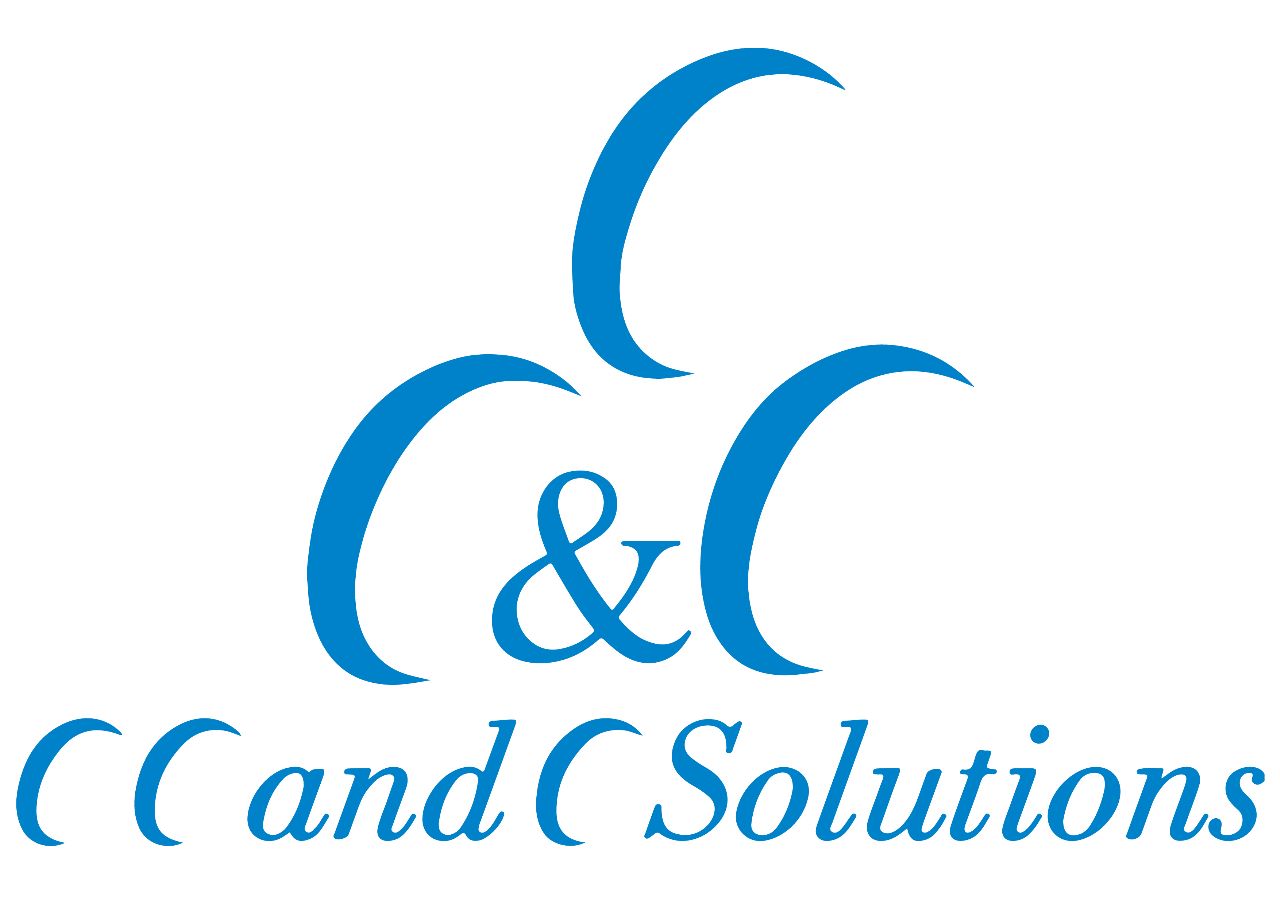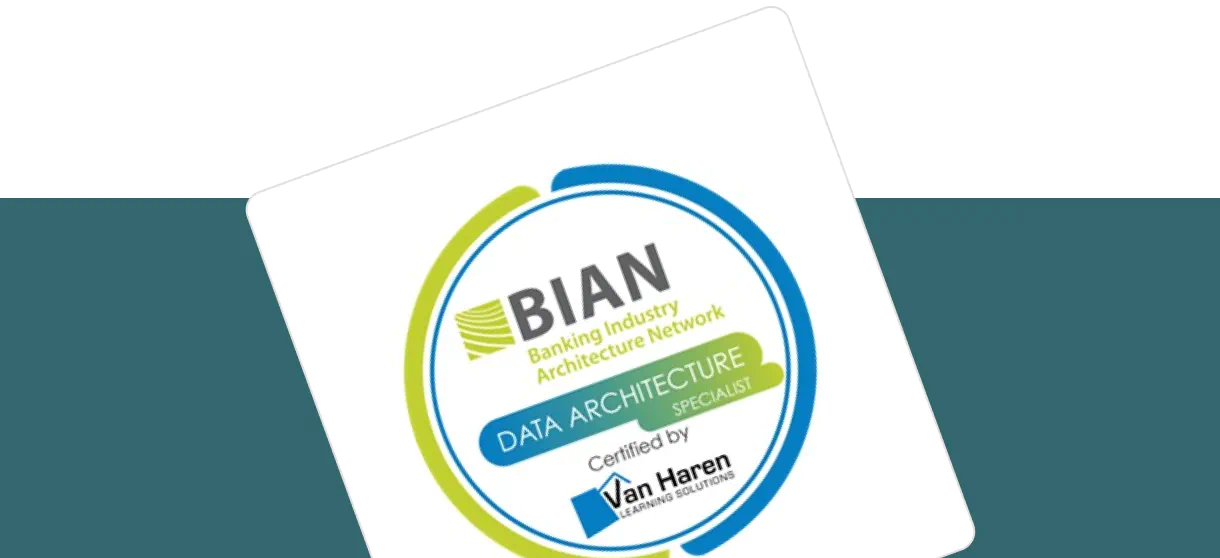Solutions
Submenu 1
Case Studies
Events
News
We offer standard trainings that can be combined with a certification and tailormade trainings based on your project requirements.
People trained
+1000

Companies that are already BIAN trained
Get started with BIAN and learn how to enhance the evolution and adoption of BIAN deliverables.
Modules
Introduction to BIAN
Learn more about BIAN´s primary purpose and approach.
Introducing BIAN and its Framework
Explaining the BIAN Architecture.
Applying BIAN’s Reference Architecture for the Financial Industry
Introductory concepts will be shared, BIAN for a Holistic view on the enterprise, BIAN for the Business Layer, BIAN for the Application Layer, BIAN for Information and Data, BIAN for Interoperability.
BIAN and other Standard Bodies
Learn how BIAN cooperates with other Standard Bodies such as TOGAF, IFX, Actus, Business Architecture Guild, EDM Council, Financial Data Exchange, Technology Business Management (TBM) Council.

The training enables data professionals to leverage the benefits of BIAN and the BIAN Business Object Model (BOM).
Modules
Introducing BIAN and its Reference Architecture for the financial industry
Introducing BIAN, its Framework and its principles, Explaining the BIAN Architecture.
Understanding the BOM approach
Documentation conventions in ArchiMate and UML; Explaining the BOM approach such as: Understanding the BOM Content Pattern, Understanding the BOM Structure Pattern, Defining a business concept, Classifying: Finding the building blocks of the data model, Completing the information requirements; Documenting the BIAN BOM as Enterprise Model by using the ArchiMate and UML language, and managing the three-dimensional puzzle : an enterprise model.
Applying the BOM approach and an enterprise data model in your organization approach
This part includes: General abilities, Information Governance, Data Architecture and Data on System level.

By selecting specific modules, the training session can be tailored to address your individual training needs, in conjunction with your own internal project discussions to help initiate adoption within your enterprise. With a dedicated in-person trainer, there is plenty of time for detailed question and answers, as well as scope to include exercises and activities to bring the information and guidance to life.
Modules
BIAN Overview
A high level run through and overview of the range of available training topics. This module is suited to business and management oriented employees and also provides a useful framework and context for the more detailed training modules designed for architects and developers.
Explaining the BIAN Model
BIAN was formed to tackle and solve the excessive complexity and inefficiencies arising from overlapping process based systems. Through comparison with “City Planning and Building Architecture” we will teach participants to specify and apply a canonical model (i.e. one that can be consistently interpreted by all banks and solution providers).
The BIAN Service Landscape
A walk through all of the elements that make up the BIAN Service Landscape version release: the Service Landscape; Business Scenarios; service operations; Tooling updates (where appropriate) and How To Guides. This module includes an overview of the internal practices of the Working Groups so members can determine where they might wish to participate in shaping the BIAN framework.
What is a Service Domain
Defining the design techniques used to isolate and define a BIAN Service Domain, how it is ‘right-sized’, the definitions of ‘functional patterns’, ‘generic artifacts’, ‘control records, and ‘action terms’ with extended definitions where appropriate.
Migration Techniques
In this module we teach participants how they can migrate away from their current state (point solutions) to the desired state, Service / API driven connectivity. Describing how BIAN’s extended definitions are used to provide a design foundation for point solutions. Including a standard project engagement model with business case definition, task planning and example BIAN related deliverables.
Applying Semantic API Designs
A more detailed explanation of considerations when applying the BIAN Semantic API specifications in different technical situations. This session will cover external (open) APIs, Internal “A2A’ connectivity, the use of Enterprise Service Business and Cloud technology and legacy host wrapping considerations. Examples will be referenced where available.
Model Bank & heat mapping
Describes how to develop an Enterprise Blueprint (Model Bank) and how to select and apply business- or technology viewpoints to the model (Heat Mapping). Example model banks will be presented to jump start development.

Our trainers support your company on your specific BIAN projects and are experts in the area BIAN APIs, BIAN BOM, the BIAN Service Definitions and Wireframes. They are long time architects in BIAN who build and discuss the topics within the BIAN e.V. organization.
BIAN Accredited Training Partners








The BIAN Foundation Certification is intended for those enterprise, business and solution architects in the financial services industry (FSI) who are interested in applying the BIAN Industry Standard in their organization and how they can contribute to helping the BIAN standard fulfil their (organization’s) needs.
Learn more
The BIAN Data Architecture & Design Specialist Certification is intended for professionals in the financial services industry such as: data architects and data modelers at both enterprise and solution levels, as well as consultants and service providers that operate in the financial services industry.
Learn more